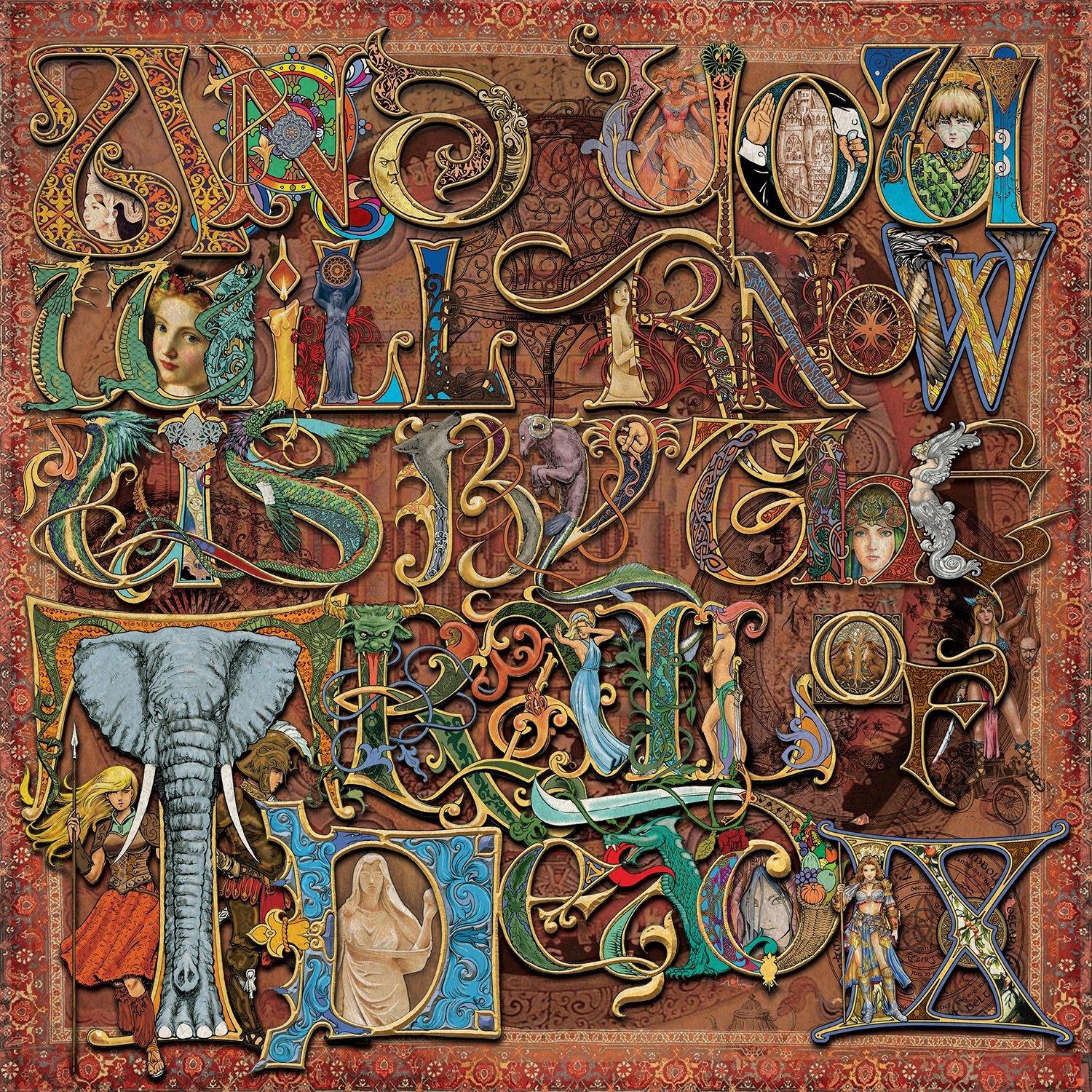The Versatility of Silk
Silk, also known as "Queen of Textiles", has a unique versatility that makes it an indispensable material in various fields. It can be used to make clothing, accessories, bedding, curtains, and even artworks. The versatility of silk allows it to adapt to a wide range of styles and designs, making it a highly versatile material. Whether it is a simple piece of clothing or a complex artwork, silk can be used to create something beautiful and functional. Moreover, silk has a natural elegance and luxury that cannot be matched by any other material. Its smooth texture and subtle sheen make it an ideal choice for high-end fashion and luxury goods. From traditional Chinese robes to modern Western-style dresses, silk has always been synonymous with beauty, status, and power.
Silk, a natural protein fiber produced by certain insects, has been valued throughout history for its unique properties and applications. From the earliest recorded history of silk, it has played a significant role in various aspects of human life, including clothing, accessories, art, and even technology. Today, the versatility of silk continues to expand as new uses are discovered and developed.
One of the most common applications of silk is in clothing and accessories. The lightweight and delicate nature of silk makes it an ideal material for creating elegant and comfortable clothing items. Silk scarves, ties, and suits have long been associated with formal occasions and high fashion. Additionally, silk is often used to make lingerie and nightwear due to its luxurious and skin-friendly properties.

Another significant application of silk is in the art industry. Silk has long been a popular medium for painting and other forms of art. The smooth and versatile texture of silk allows artists to express their creativity freely. Furthermore, silk can also be used to make tapestry and other textile artforms, which have a unique beauty and craftsmanship associated with them.
In technology, silk also has its applications. One of the most notable is in the field of medicine. Silk has been used to make surgical sutures and other medical devices for centuries. The reason for this is that silk has excellent biocompatibility and healing properties, making it an ideal material for use in medical applications. Additionally, silk is also being studied for its potential use in drug delivery and tissue engineering.

Another interesting application of silk is in the automotive industry. Yes, you read that correctly - silk can also be used to make car parts! A company called Silk Road Automotive has developed a process to make car parts out of silk fiber, which they claim are stronger and lighter than traditional metal parts. This could potentially revolutionize the automotive industry by reducing the weight of vehicles and increasing their performance.
But wait, there's more! Silk is also being used in the construction industry to make sustainable building materials. The silk fibers can be combined with other natural materials like wood or bamboo to create strong and sustainable building structures that are not only environmentally friendly but also provide better acoustics and thermal insulation properties compared to traditional building materials.

As you can see, the versatility of silk extends far beyond its traditional role in clothing and accessories. From art to technology, construction to automotive, silk is being used in a variety of ways that are not just limited to its protein fiber properties but also its unique processing capabilities and end-use applications. The future of silk is undoubtedly exciting as more and more uses are discovered and developed, making it a truly versatile material that has no limits to its potential applications.
Articles related to the knowledge points of this article:
Dress up in a Half-Finished Jacket: The Allure of DIY Winter Wear
Title: Unraveling the Art of Tie Knots: A Comprehensive Guide to Wearing a Tie
Title: A Comprehensive Guide to Silk Scarves: A Picture Gallery of Exquisite Fabrics
Unveiling the Art of Bag and Scarf Tying: A Comprehensive Guide to the Perfect Messaging Accessory
Womens Down Jacket Brands: A Comprehensive Guide
The Best Mens Winter Coats: A Guide to Staying Warm and Stylish



